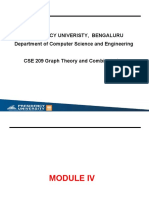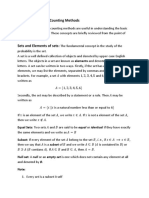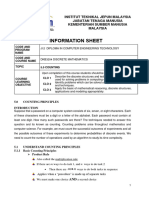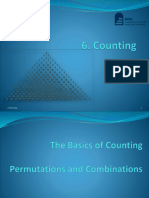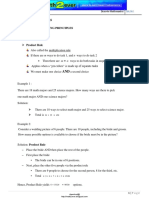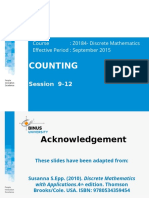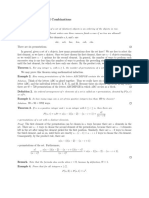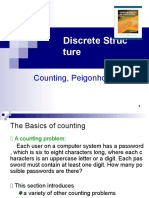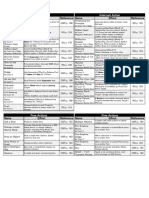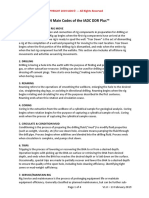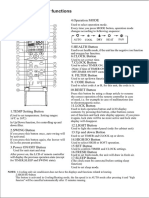0% found this document useful (0 votes)
37 views17 pagesDMS CH5 Lattices Counting PPT Final
Uploaded by
View PresentCopyright
© © All Rights Reserved
We take content rights seriously. If you suspect this is your content, claim it here.
Available Formats
Download as PPTX, PDF, TXT or read online on Scribd
0% found this document useful (0 votes)
37 views17 pagesDMS CH5 Lattices Counting PPT Final
Uploaded by
View PresentCopyright
© © All Rights Reserved
We take content rights seriously. If you suspect this is your content, claim it here.
Available Formats
Download as PPTX, PDF, TXT or read online on Scribd
/ 17




